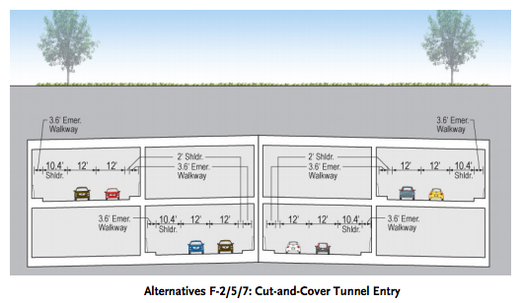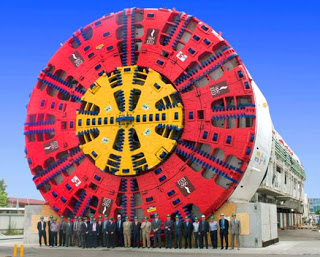Metro SR-710 Freeway Alternatives
|
|
The LVAA Board of Directors recently voted to join with many other groups and individuals in Pasadena in opposing Metro’s F-7 Alternative Tunnel Project option for the 710 Freeway Project.
Opposition to the tunnel is based on the project’s negative impacts, including the potential for an increase in air pollution and traffic congestion on local streets and in our neighborhoods, and public safety concerns. The F-7 Alternative Tunnel Project is one of the five options currently being considered by Metro to close the 4.5 mile 710 Freeway “gap” between Alhambra and Pasadena. The five options are:
Metro plans to start a two-year environmental analysis of these options early next year. For opponents of any of these options, the fight continues. Neighborhood concerns about these five alternatives include*:
*Primary Source: http://www.wpra.net |
Recent ActivityOn February 27, 2013, the West Pasadena Residents Association (WPRA) sent a letter to METRO in anticipation of a SR-710 discussion during their February 28 Board meeting. The discussion did not take place, so no action was taken.
>> Read the letter << On February 21, 2013,
Pasadena City Councilmember, Steve Madison, sent a letter to METRO Board Chairman, Mike Antonovich, offering to host an open forum with METRO representatives to share METRO’s position and intent, and to answer ongoing questions and concerns about the project from the community. >> Read the letter << Learn Morehttp://www.no710.com
No on 710 Action Committee http://www.wpra.net West Pasadena Residents Association http://www.metro.net/projects/sr-710-conversations METRO's SR-710 North Study http://cityofpasadena.net/District6 Pasadena City Councilman Steve Madison |



